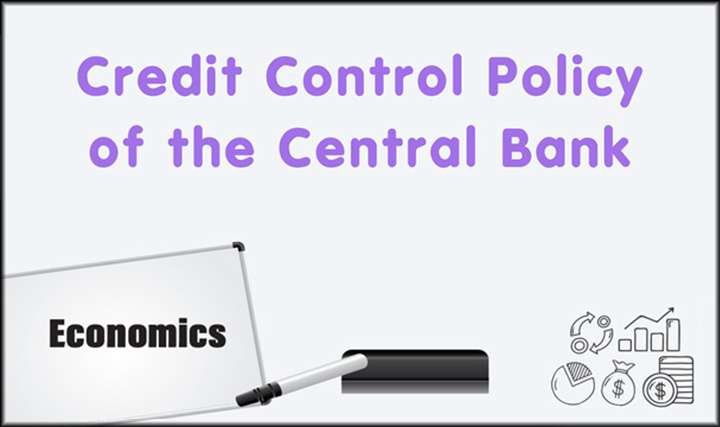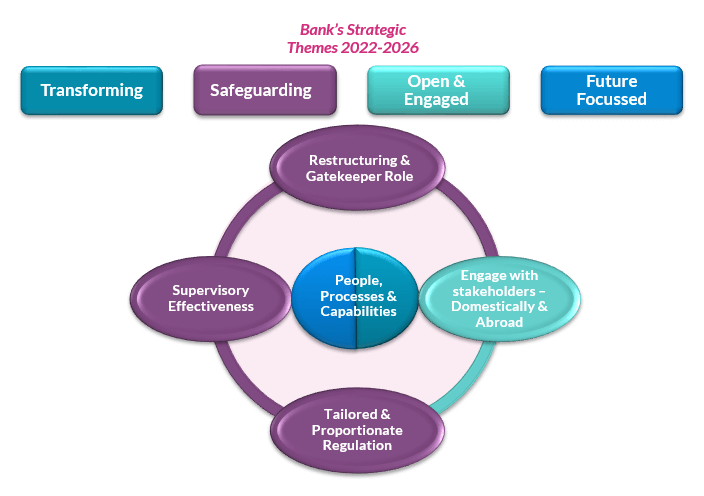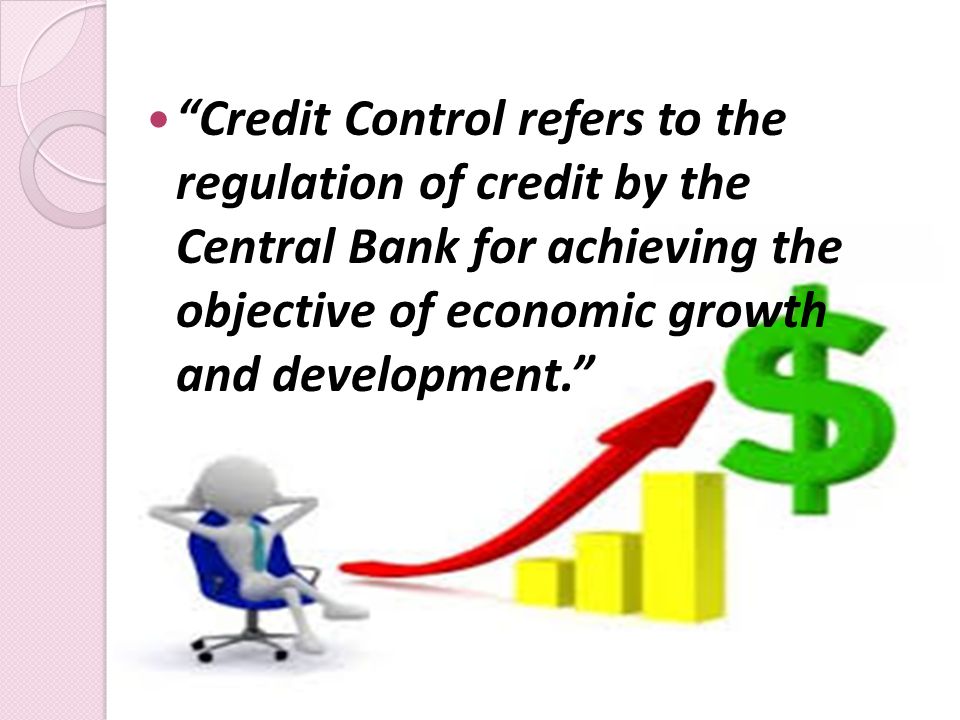A central bank's credit control policy refers to the measures it uses to regulate the amount of credit available in the economy. This is an important tool for central banks, as credit plays a significant role in economic growth and stability. By controlling the supply of credit, central banks can influence the demand for goods and services, which in turn can impact inflation and employment levels.
There are several ways in which a central bank can exert control over credit. One common method is through the use of reserve requirements, which refer to the percentage of deposits that banks must hold in reserve at the central bank. By increasing or decreasing reserve requirements, the central bank can influence the amount of credit available to banks, which in turn can impact the overall level of credit in the economy.
Another tool that central banks use is the setting of interest rates. By raising or lowering interest rates, central banks can influence the cost of borrowing money, which can impact the demand for credit. For example, if interest rates are high, consumers and businesses may be less inclined to borrow money, which can lead to a reduction in credit demand. On the other hand, if interest rates are low, there may be more demand for credit as it becomes more affordable to borrow.
In addition to these tools, central banks may also use other measures to control credit, such as moral suasion, which involves persuading banks to change their lending practices, or quantitative easing, which involves the central bank purchasing securities from banks in order to increase the supply of money in the economy.
Overall, a central bank's credit control policy plays a crucial role in maintaining economic stability and promoting growth. By using a variety of tools, central banks can help to ensure that credit is available to those who need it, while also preventing excessive credit growth that could lead to economic problems such as inflation or asset bubbles.


:max_bytes(150000):strip_icc()/Monetary-Policy-ca2313abbf3646e38301b40f3a53a476.png)



